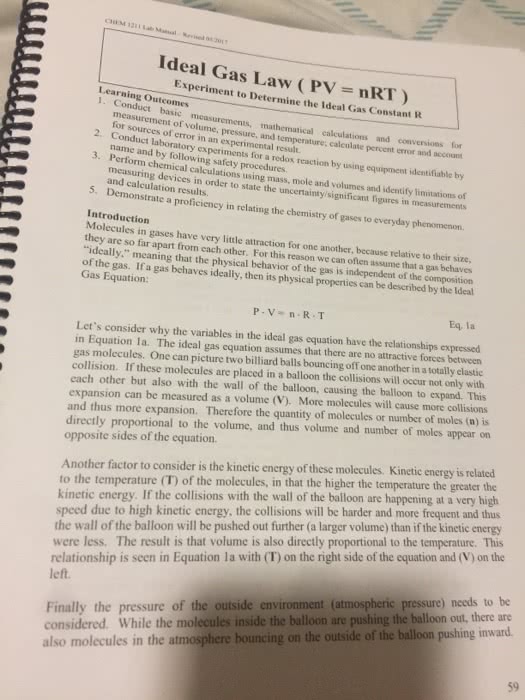CH 101 Study Guide - Final Guide: Mean Free Path, Partial Pressure, Ideal Gas
Document Summary
Gases are: one of the phases of matter, composed of particles that are moving randomly and very fast in their container(s) Gas particles move in straight lines until they collide with either the container wall or another particle; then they bounce off. A gaseous atom or molecule exerts a force when it collides with: a surface, other gaseous particles. Pressure is the force exerted per unit area by gas molecules as they strike the surfaces around them: pressure = (cid:3033)(cid:3032) (cid:4666)(cid:4667) (cid:3032) (cid:4666)(cid:4667) the surfaces around them. Gas pressure is a result of the constant movement of the gas molecules and their collisions with: the pressure of a gas depends on several factors: Average speed of the gas particles: the total pressure exerted by a gas depends on several factors: Concentration of gas molecules in the sample. The higher the concentration, the greater the pressure. Number of gas particles in a given volume.


